NSW regions saw Delta coming as a series of government failures let Covid spread
Regional people feared they would be left vulnerable when – not if – the Delta variant spread from Sydney. They saw this outbreak coming long before the state did, writes Emily Burley.
Tweed Heads
Don't miss out on the headlines from Tweed Heads. Followed categories will be added to My News.
The Berejiklian Government’s decision to pilfer precious vaccines from the regions was met with furore, and rightly so.
The outrage wasn’t pointed at the prioritisation of HSC students and it wasn’t out of spite.
Regional people feared they would be left vulnerable when – not if – Covid spread from Sydney.
They saw this outbreak coming long before the state did.
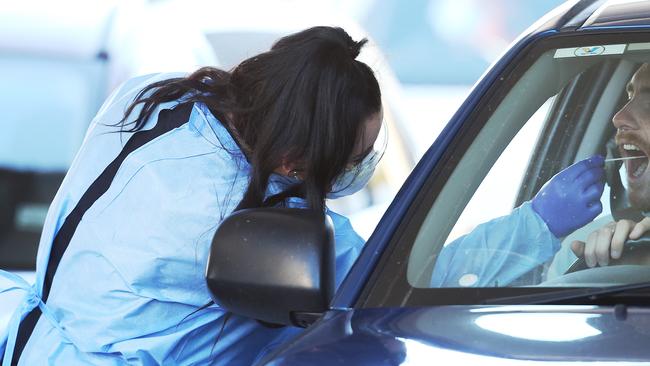
Deputy Premier and Regional NSW Minister John Barilaro said forfeiting the vaccines was a chance for the regions to repay a favour to Sydney.
“As communities battled drought, bushfires and the global pandemic, our city cousins did everything in their power to make sure our farmers kept their heads above water,” Mr Barilaro said in his own opinion piece for The Daily Telegraph.
But the Pfizer redirection is just one example of how regional people have been left high and dry as NSW struggles against the Delta variant.
One week after 40,000 jabs were diverted, Newcastle recorded its first Covid case in 365 days.
An infected person from Sydney attended a Lake Macquarie beach party, spreading the virus and forcing 600,000 people into lockdown.
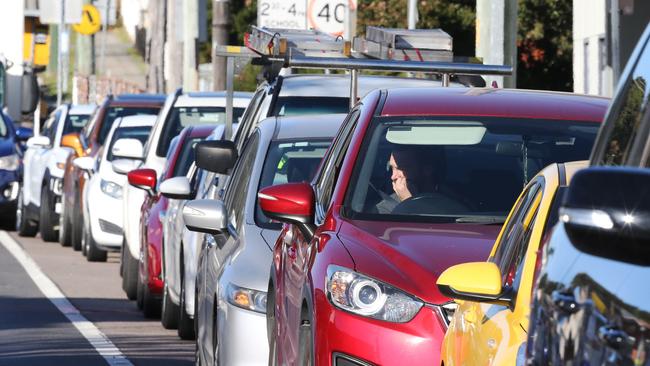
Six weeks into Sydney’s stay-at-home orders, not enough has been done to stop Covid seeping out of the city.
Prospective home buyers and construction workers are among those allowed to travel out of Greater Sydney and put the regions at risk.
The Hunter now has 36 confirmed Covid cases, Armidale has three.
Tamworth has been plunged into its own lockdown while the virus has been detected in sewage at Dubbo, Mudgee, Coffs Harbour and Bonny Hills.
Covid has returned to Byron Bay after a Sydney man potentially broke lockdown rules to travel to the North Coast.
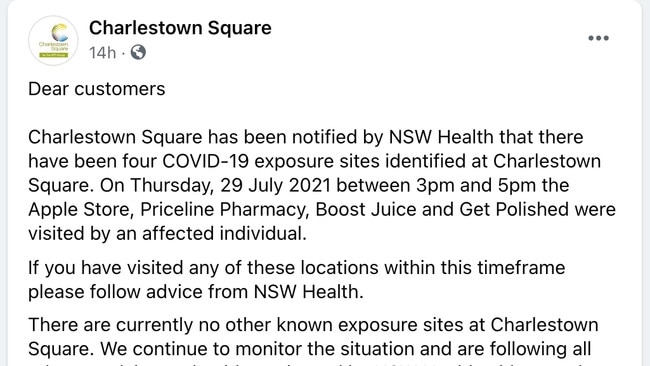
As the outbreak kicked off in the Hunter, health messaging was slow.
More than 24 hours after the region’s first infections were confirmed, exposure sites hadn’t been added to the NSW Health website.
For more than a day, the public relied on businesses self-identifying as venues of concern via social media.
Requests to NSW Health about the missing information went unanswered, though it was eventually added to their website.
Still, there are inconsistencies between that website, Hunter New England Health’s social media channels and what businesses are reporting.
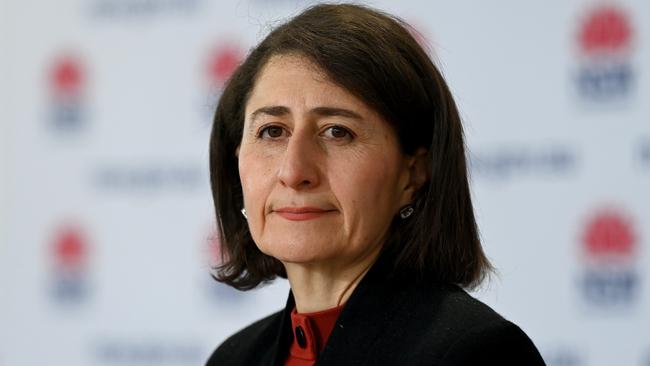
On Sunday, a single question about the region’s predicament was barely answered in the Premier’s 11am news conference.
Asked about access to testing at Port Stephens, Ms Berejiklian responded “Oh, I don’t know the answer to that question,” and moved on.
On Monday, not one question was asked about growing case numbers in the Hunter and the likelihood of its lockdown ending as scheduled on Thursday.
A region of 600,000 people – that’s bigger than Canberra and Queanbeyan, Wollongong or Hobart – should be informed by, and have the chance to ask questions of, its public health officials.
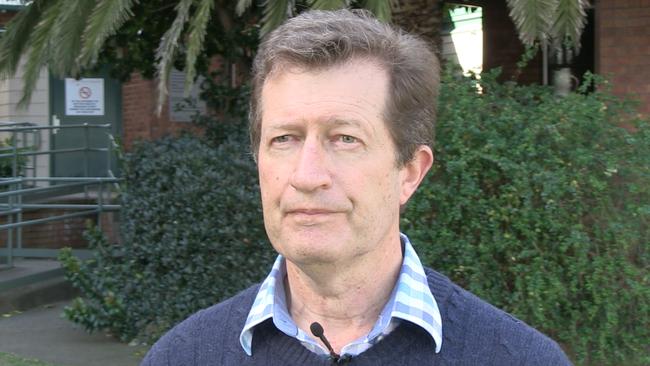
But the Hunter is instead forced to rely on short, prerecorded video messages from public health controller Dr David Durrheim.
In response to questions emailed as recently as Monday, a Hunter New England Health spokeswoman said the region’s top doctor was unavailable to respond.
The NSW Government has announced 20,000 Pfizer vaccines would be returned to the regions, and many people have had their appointments reinstated.
But that does little to reconcile the series of failures that have hurt regional communities, which often have older populations, higher rates of chronic illness and far, far less health resources.
More Coverage
Originally published as NSW regions saw Delta coming as a series of government failures let Covid spread




